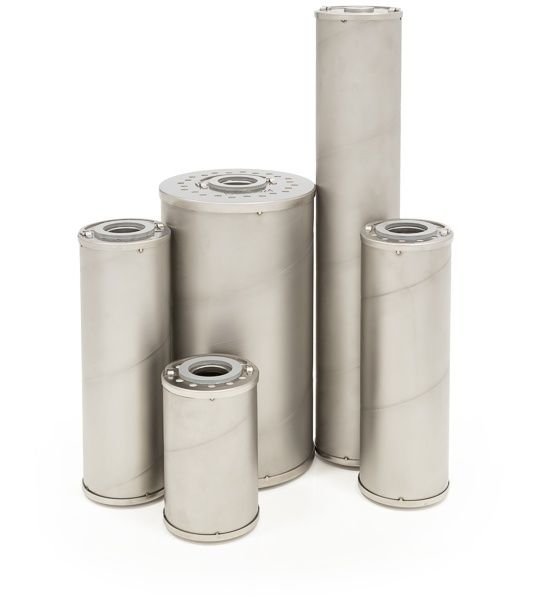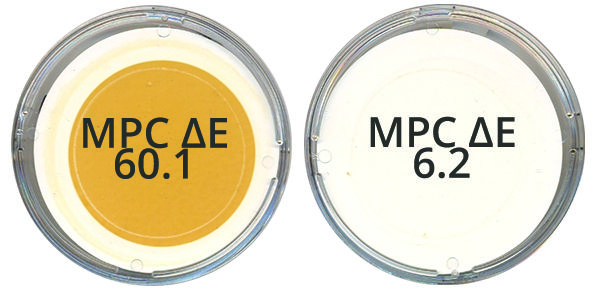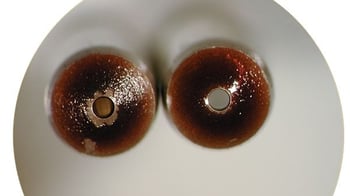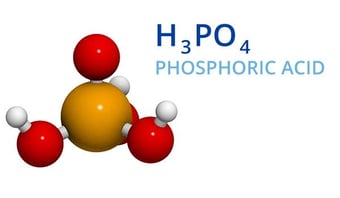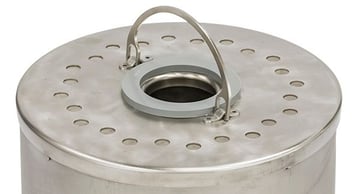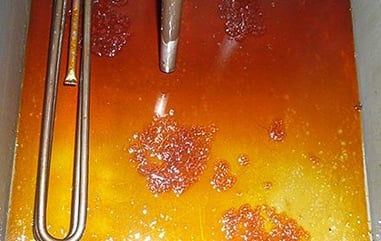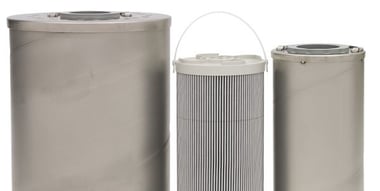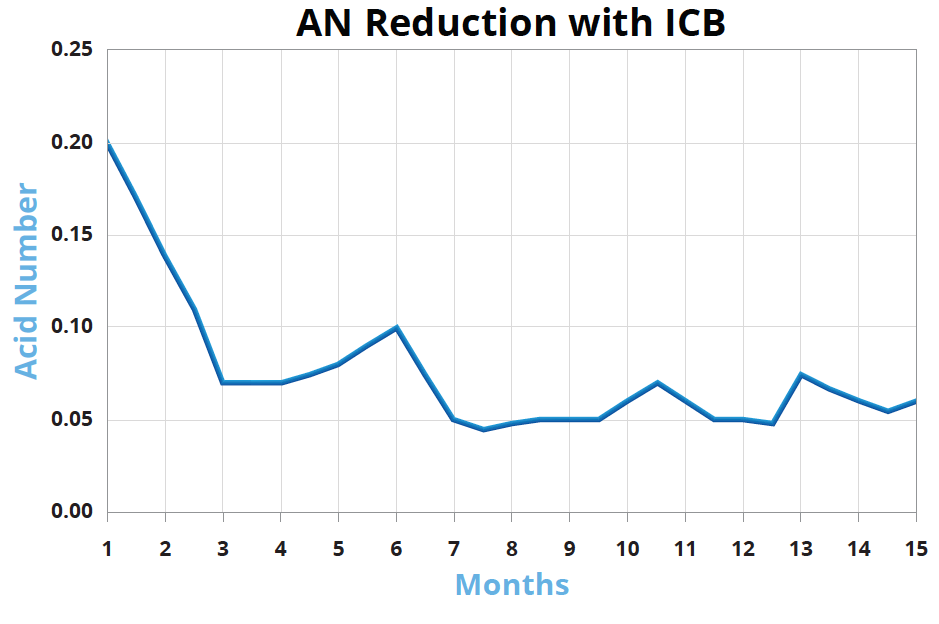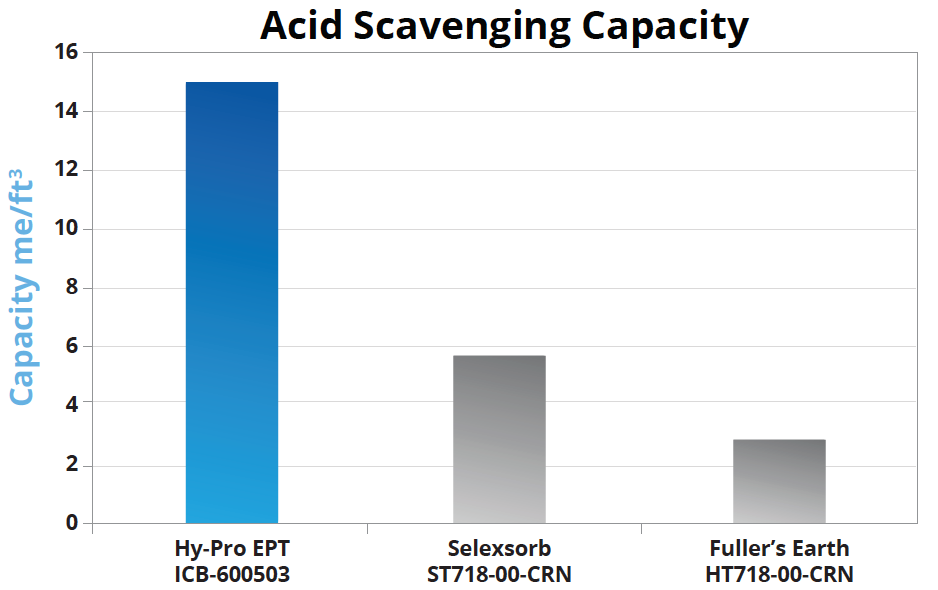

- Products
- Industry Solutions
- Cement Plants
- Aluminum Processing
- Bulk Oil & Fuel Conditioning
- Diesel Fuel Conditioning
- Fluid Reclamation
- Gearbox Filtration
- Mining
- Oil Refinery & Petrochemical
- Paper Mill
- Phosphate Ester Fluid Solutions
- Plastic Injection Molding
- Power Generation
- Steel Mill
- Varnish Solutions
- Wind Turbines
- Wood Products
- Resources
- About


